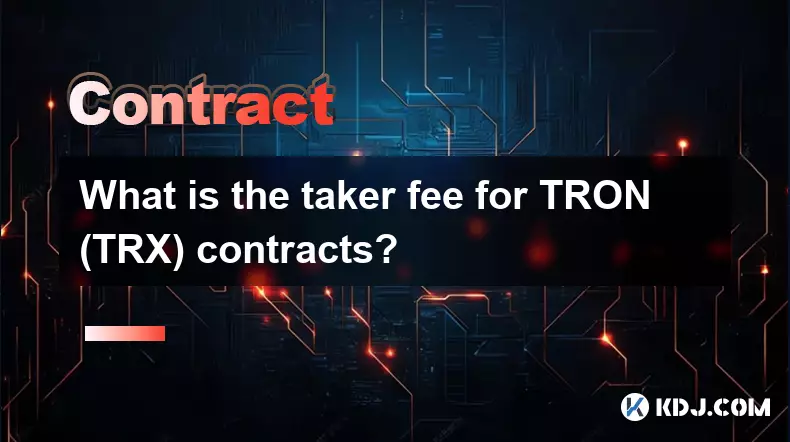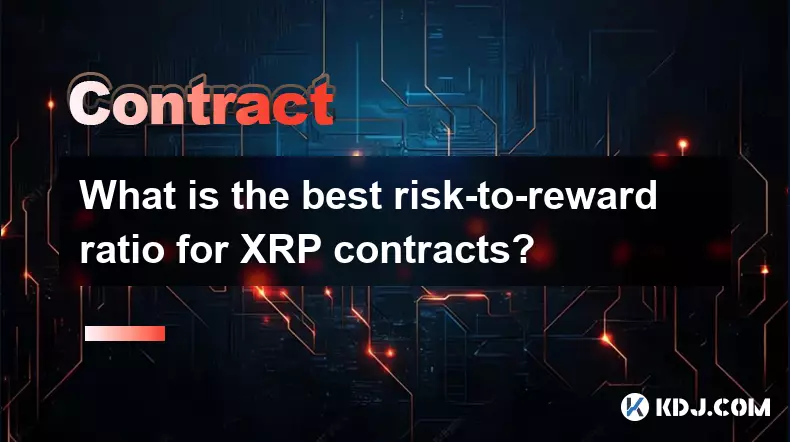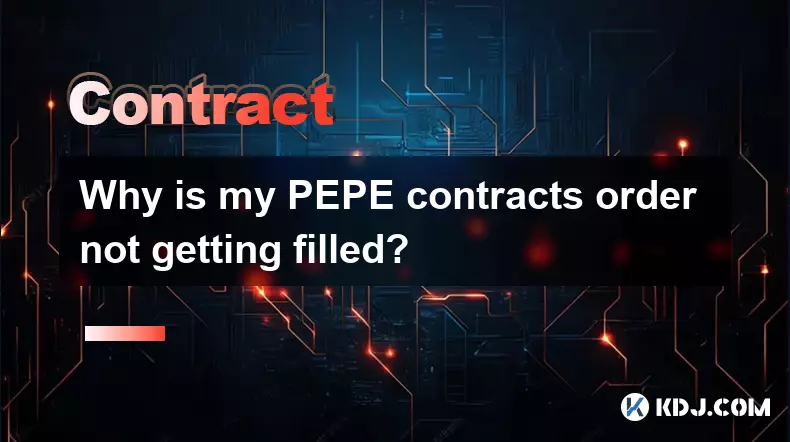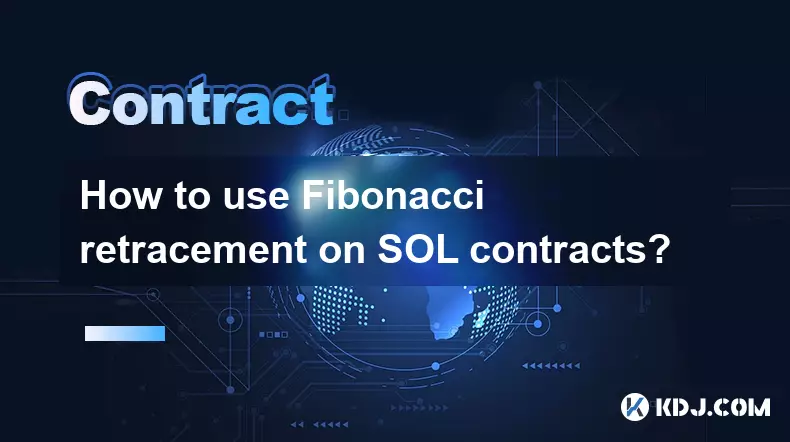-
 bitcoin
bitcoin $108842.957301 USD
-1.88% -
 ethereum
ethereum $3931.777121 USD
-1.66% -
 tether
tether $1.000186 USD
-0.03% -
 bnb
bnb $1153.250882 USD
-2.20% -
 xrp
xrp $2.367904 USD
-1.94% -
 solana
solana $186.182050 USD
-4.20% -
 usd-coin
usd-coin $0.999997 USD
0.00% -
 tron
tron $0.316949 USD
-1.00% -
 dogecoin
dogecoin $0.190780 USD
-3.12% -
 cardano
cardano $0.651324 USD
-2.67% -
 hyperliquid
hyperliquid $37.141055 USD
-0.85% -
 ethena-usde
ethena-usde $0.999224 USD
-0.09% -
 chainlink
chainlink $17.579031 USD
-2.47% -
 bitcoin-cash
bitcoin-cash $509.426284 USD
-2.79% -
 stellar
stellar $0.315298 USD
-2.93%
What is the taker fee for TRON (TRX) contracts?
Taker fees for TRX contracts vary from 0.05% to 0.06% across top exchanges, with discounts available via native tokens or VIP tiers, impacting trading strategy and cost efficiency.
Oct 01, 2025 at 09:18 am

Taker Fees for TRON (TRX) Contracts on Major Exchanges
1. On Binance, the taker fee for TRON (TRX) perpetual contracts is set at 0.05%. This applies to all users who do not hold BNB or have not qualified for lower fee tiers through high trading volume.
2. By utilizing BNB to pay fees, traders can reduce the taker fee to 0.04%. This discount incentivizes the use of Binance’s native token across its derivatives markets.
3. KuCoin Futures charges a standard taker fee of 0.06% for TRX/USDT contracts. No immediate discounts are available unless users reach higher VIP levels based on 30-day trading volume.
4. Gate.io implements a tiered system where the base taker fee for TRX futures stands at 0.05%. Users with higher account equity and trading activity may access reduced rates starting from 0.04%.
5. MEXC Global lists the taker fee for TRX/USDT swaps at 0.06%, aligning with its general structure for altcoin contracts. Fee reductions are accessible through their MX token holdings and VIP classification.
How Taker Fees Influence Trading Behavior
1. Higher taker fees discourage aggressive market orders, pushing traders toward limit orders that act as liquidity providers. This dynamic helps maintain deeper order books on exchanges offering differentiated maker-taker models.
2. In markets with elevated taker costs, scalping strategies become less profitable due to compounding fees over multiple rapid trades. Traders often shift focus to swing or position-based approaches when taker fees exceed 0.05%.
Frequent trading in high-fee environments erodes capital quickly, especially in low-volatility conditions where price movements fail to offset transaction costs.3. Some traders exploit cross-exchange discrepancies by opening positions on platforms with lower taker fees and closing them elsewhere, although this introduces execution risk and requires precise timing.
4. Exchanges adjust taker fees periodically to balance liquidity incentives and revenue generation. A sudden increase may lead to temporary migration of trading volume to more cost-efficient venues.
Fee Discounts Through Token Utility and Loyalty Programs
1. Holding exchange-specific tokens like BNB, MX, or KCS enables automatic fee reductions when selected as the payment method for contract settlements.
2. VIP tiers based on historical trading volume or account balances allow privileged users to access taker fees as low as 0.02%, significantly improving net returns over time.
3. Staking native tokens often unlocks additional benefits, including rebates on realized taker fees, which further lowers effective trading costs.
Traders who actively manage their fee structure through token holdings and tier progression can achieve up to a 40% reduction in total derivative-related expenses.4. Certain platforms offer promotional periods where new users or specific contracts operate under zero taker fees, temporarily altering market participation patterns.
Impact of Leverage on Effective Taker Costs
1. While leverage does not directly alter the nominal taker fee percentage, it magnifies both gains and losses, making fee efficiency more critical in leveraged positions.
2. At 100x leverage, even a 0.05% taker fee represents a significant portion of potential profit margins, particularly in tightly ranged markets.
3. High-leverage traders prioritize exchanges with the lowest combined maker and taker fees to maximize edge per trade.
Misjudging fee impact under extreme leverage can result in liquidation before price movement compensates for entry and exit costs.4. Fee-aware traders often pre-calculate break-even points that include taker fees, ensuring strategy viability before entering volatile instruments like TRX contracts.
Frequently Asked Questions
Do all exchanges charge the same taker fee for TRX contracts?No, taker fees vary between exchanges. For example, Binance charges 0.05% while KuCoin Futures charges 0.06%. These differences stem from competitive positioning and internal fee models.
Can I reduce my taker fee without holding exchange tokens?Yes, achieving VIP status through consistent trading volume or maintaining a high account balance can grant access to lower taker fees independent of token ownership.
Are taker fees applied when closing a position?Yes, taker fees apply whenever a market order—whether opening or closing a position—is executed against existing liquidity in the order book.
Is the taker fee for TRX contracts denominated in USDT or TRX?Most major platforms denominate TRX contract fees in USDT, providing pricing stability. However, payment can often be made using TRX or the exchange’s native token if specified in settings.
Disclaimer:info@kdj.com
The information provided is not trading advice. kdj.com does not assume any responsibility for any investments made based on the information provided in this article. Cryptocurrencies are highly volatile and it is highly recommended that you invest with caution after thorough research!
If you believe that the content used on this website infringes your copyright, please contact us immediately (info@kdj.com) and we will delete it promptly.
- Cardano, Dogecoin, and the Token Rally: What's the Hype?
- 2025-10-17 22:45:16
- Milk Mocha Meme Coin: Last Call for Whitelist & Early HUGS Gains!
- 2025-10-17 22:45:16
- Crypto's New Sweetheart: Milk & Mocha's $HUGS Token and the Early Rounds Advantage
- 2025-10-17 22:25:12
- Crypto Picks for 2025: Blazpay Presale and Emerging Trends
- 2025-10-17 22:50:12
- Meme Coins: Riding the Early Bird Gold Rush
- 2025-10-17 23:05:12
- Shannon Man, Cash Prizes, and Coin Games: A New York Minute on a Georgia Arrest
- 2025-10-17 22:50:12
Related knowledge

How to calculate the ROI for Ethereum contracts?
Oct 09,2025 at 04:36pm
Understanding Ethereum Contract ROI Basics1. Return on Investment (ROI) for Ethereum contracts begins with tracking the initial capital deployed into ...

How to find arbitrage opportunities between different Bitcoin contracts?
Oct 14,2025 at 11:18pm
Finding Arbitrage Opportunities in Bitcoin Futures Markets1. Monitor price discrepancies across exchanges offering Bitcoin futures contracts. Differen...

What is the best risk-to-reward ratio for XRP contracts?
Oct 11,2025 at 04:18am
Understanding Risk-to-Reward in XRP Futures Trading1. The risk-to-reward ratio is a fundamental metric used by traders to evaluate the potential profi...

Why is my PEPE contracts order not getting filled?
Oct 12,2025 at 06:01pm
Understanding Liquidity Issues in PEPE Contracts1. Low liquidity is one of the primary reasons a PEPE contract order may not get filled. Many meme-bas...

How to use Fibonacci retracement on SOL contracts?
Oct 14,2025 at 02:36pm
Fibonacci Retracement Basics in SOL Trading1. Fibonacci retracement is a technical analysis tool used to identify potential support and resistance lev...

Is it better to trade Dogecoin contracts or spot?
Oct 12,2025 at 04:54pm
Understanding Dogecoin Spot Trading Mechanics1. Spot trading involves the direct purchase and ownership of Dogecoin at the current market price. Trade...

How to calculate the ROI for Ethereum contracts?
Oct 09,2025 at 04:36pm
Understanding Ethereum Contract ROI Basics1. Return on Investment (ROI) for Ethereum contracts begins with tracking the initial capital deployed into ...

How to find arbitrage opportunities between different Bitcoin contracts?
Oct 14,2025 at 11:18pm
Finding Arbitrage Opportunities in Bitcoin Futures Markets1. Monitor price discrepancies across exchanges offering Bitcoin futures contracts. Differen...

What is the best risk-to-reward ratio for XRP contracts?
Oct 11,2025 at 04:18am
Understanding Risk-to-Reward in XRP Futures Trading1. The risk-to-reward ratio is a fundamental metric used by traders to evaluate the potential profi...

Why is my PEPE contracts order not getting filled?
Oct 12,2025 at 06:01pm
Understanding Liquidity Issues in PEPE Contracts1. Low liquidity is one of the primary reasons a PEPE contract order may not get filled. Many meme-bas...

How to use Fibonacci retracement on SOL contracts?
Oct 14,2025 at 02:36pm
Fibonacci Retracement Basics in SOL Trading1. Fibonacci retracement is a technical analysis tool used to identify potential support and resistance lev...

Is it better to trade Dogecoin contracts or spot?
Oct 12,2025 at 04:54pm
Understanding Dogecoin Spot Trading Mechanics1. Spot trading involves the direct purchase and ownership of Dogecoin at the current market price. Trade...
See all articles










































































